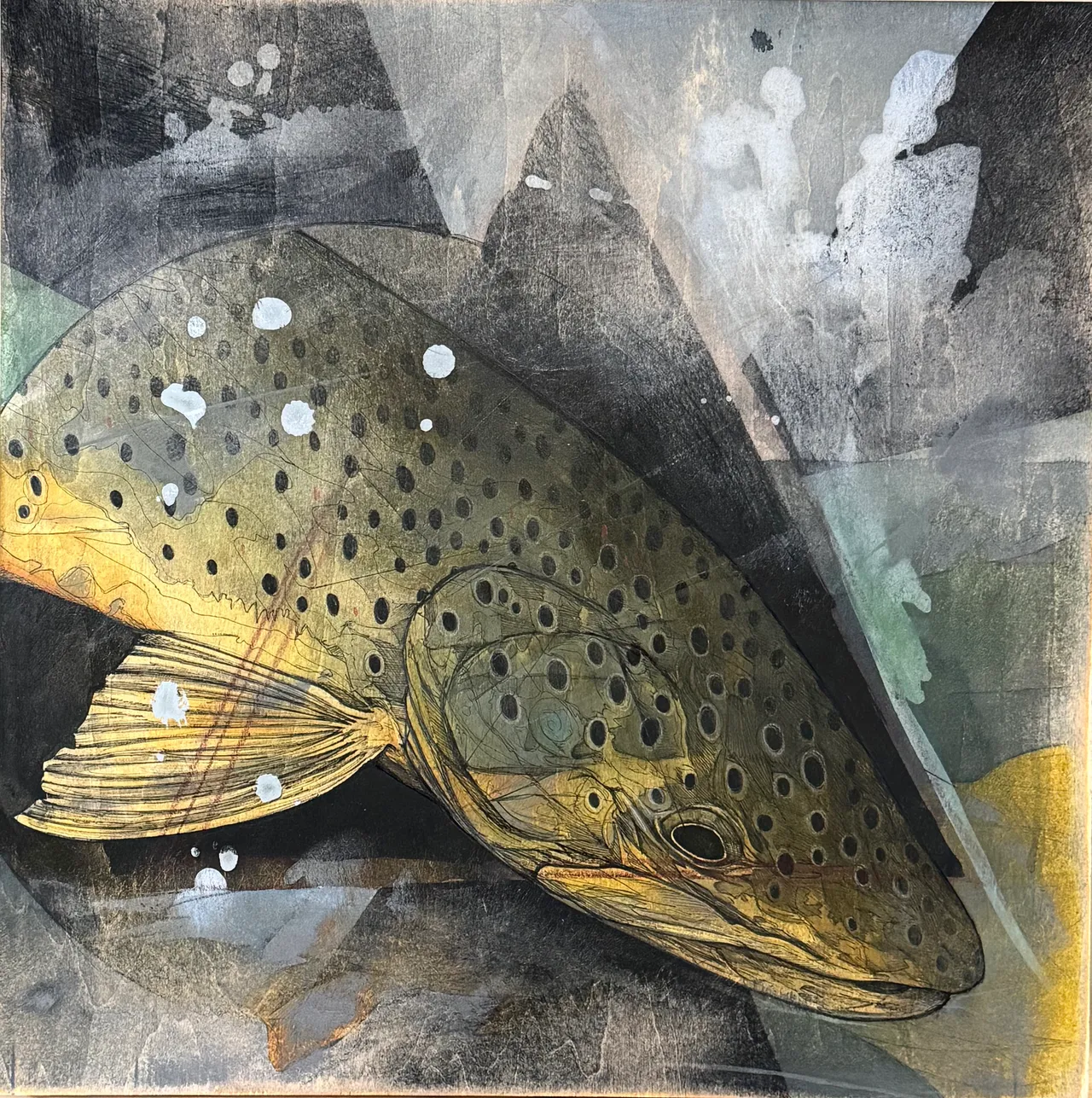We’re excited to introduce you to the always interesting and insightful Jake Keeler. We hope you’ll enjoy our conversation with Jake below.
Jake, looking forward to hearing all of your stories today. Learning the craft is often a unique journey from every creative – we’d love to hear about your journey and if knowing what you know now, you would have done anything differently to speed up the learning process.
I was fortunate to have been born into an artistic family; my mother was an artist and high school art teacher, my grandfather (her father) was a commercial artist, and my older brother also has the bug. I had a pencil and paint brush in my hand right away and making art was a routine day to day thing. I didn’t know any better. My mother would teach my brother and I about using various media and would expose us to all kinds of art, so I got a jump start on my training and learning.
I think the most important thing to come from those early years, and into under-grad and graduate school was never losing focus on drawing as the basis for whatever I was doing. Whatever the concept or output, it started with drawing. It’s been drilled into me that you need to master the basics, the foundations, in order to properly expand out. No different than math, chemistry, etc.
To this day, if time is the limiting factor, I can still pick up a pencil and draw something from observation. Even just 15 minutes of this per day can help open up new ideas, techniques, and opportunities.

Jake, love having you share your insights with us. Before we ask you more questions, maybe you can take a moment to introduce yourself to our readers who might have missed our earlier conversations?
I’m a life-long angler and artist living in Minnesota. Inspiration for my work comes from my time on the water, in the woods, and roaming fields. I take the observations, experiences, and ideas gained back to my studio to be translated into images and objects.
Materially my work consists of various media for drawing and sculptural elements of wood, tarps, bungee cords and duct tape. The subject matter is fused with counter-culture aesthetics that have shaped me.
The work acts as an expression of where my life collides with the raw elements of nature. I specifically avoid applying too much prescriptive meaning to the work, and allow the inspiration to create to drive the forms and outcomes. I’m far more interested in generating questions and visceral reactions vs. providing conclusions.

What can society do to ensure an environment that’s helpful to artists and creatives?
I think education and appreciation of how art and creativity is present in our everyday lives can have massive benefits for both the patron or viewer, as well as the artist. The more we regard fine arts of all kinds as essential to a healthy society, the more art becomes a positive part of life. Much like nature, we shouldn’t regard art as some kind of “other”, but as an integral piece of living a full life.

Any resources you can share with us that might be helpful to other creatives?
Early on I would use whatever media and materials I could get my hands on and/or afford. While this gave me a great sense of ingenuity and grit, it perhaps hid the significant benefits of working a bit harder to obtain and use the correct tools, media, or platforms to create my work. In time, experience and greater resources have opened up those doors and possibilities. In retrospect, forgoing the short fix and being patient for the higher quality long term tools/solutions may have made a big difference back in the day.
Contact Info:
- Website: https://jakekeelerart.com/
- Instagram: @jakekeeler



Image Credits
Mike Thienes – Rubinski Works


